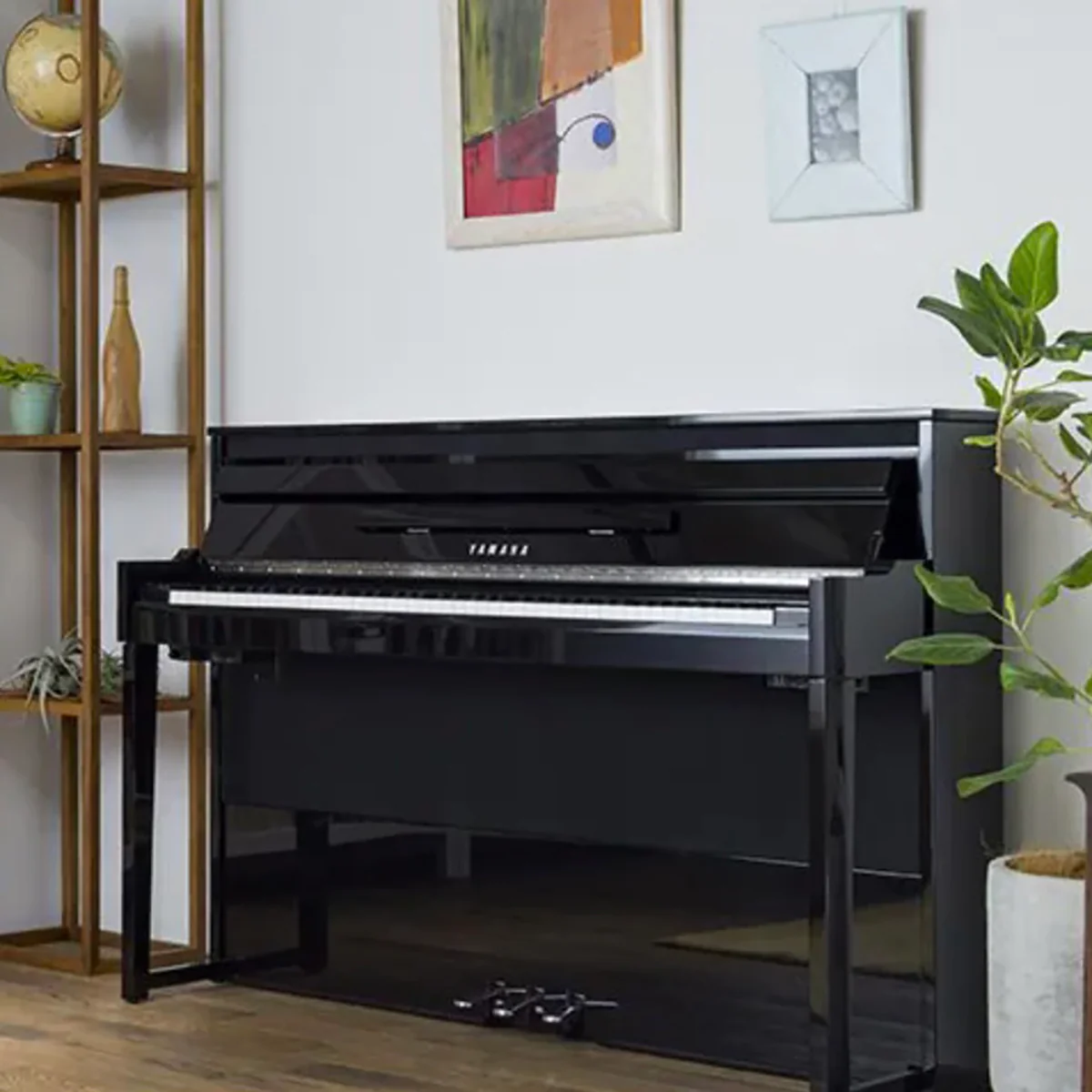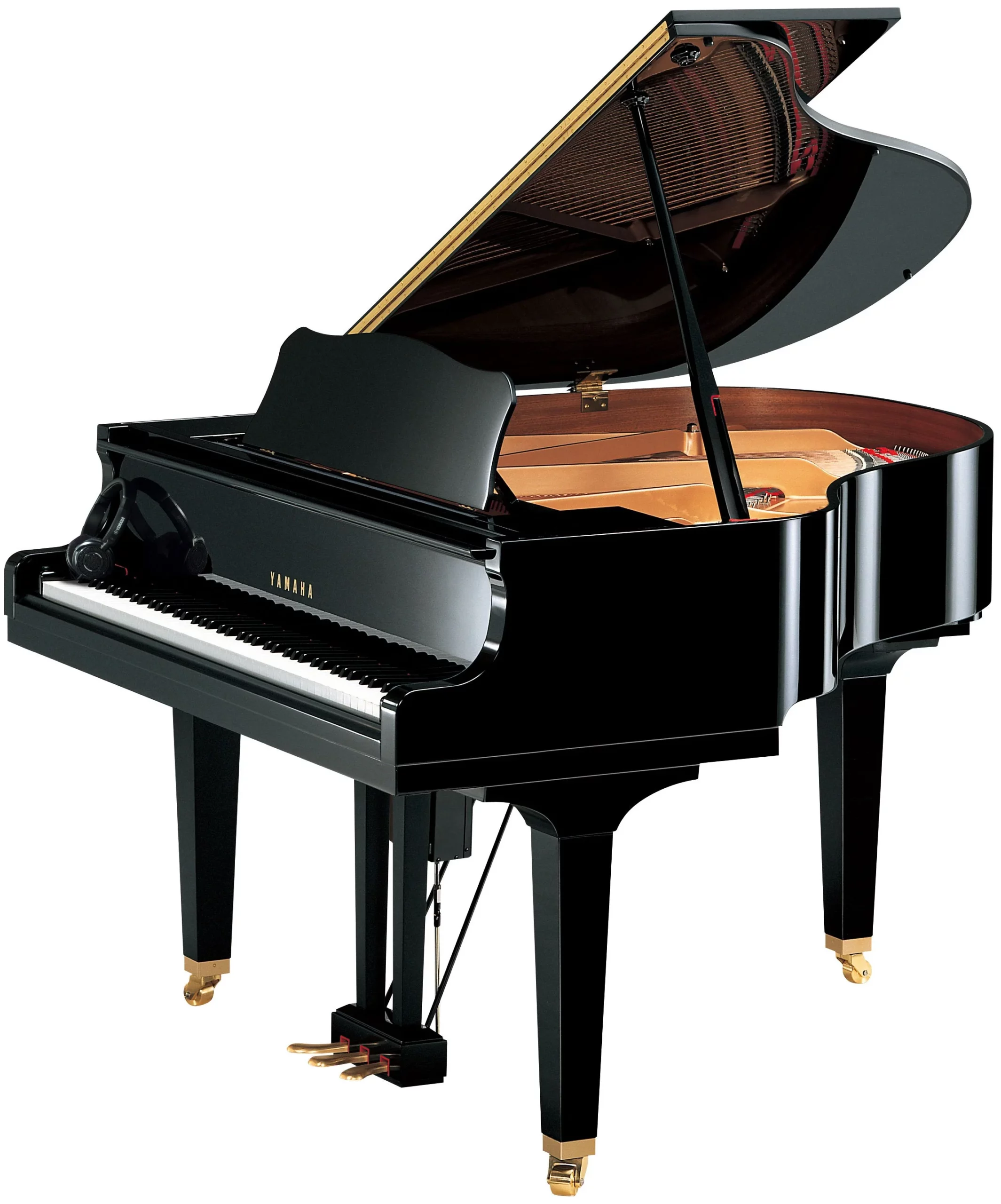Do you feel limited by your knowledge of the guitar fretboard? Are you struggling to find notes and understand scales on your instrument? I know how it feels – as a beginner guitarist, understanding the fretboard can seem like an impossible task. But fear not, because I have been there too. In fact, I spent months trying to master the fretboard before finally finding some helpful tips and tricks that made all the difference.
In this article, we’ll take a deep dive into the guitar fretboard and explore how to unlock its secrets. From learning note names and intervals to understanding scale patterns and chord shapes, we will cover everything you need to know in order to confidently navigate the fretboard. Whether you’re just starting out or have been playing for a while but still struggle with the fretboard, this guide is for you. So grab your guitar and let’s get started on our journey towards mastering the guitar fretboard!
So, guitar fretboard?
Learning to play the guitar can be a challenging and rewarding experience. One of the key elements of becoming a proficient guitarist is mastering the fretboard. The fretboard is where all the notes, chords, and scales are located on your guitar. It may seem overwhelming at first, but with some tips and tricks, you can quickly become comfortable navigating this important part of your instrument.
1. Start by learning basic music theory
Before diving into memorizing every note on the fretboard, it’s helpful to have a basic understanding of music theory. This will give you a foundation for understanding how different notes relate to each other and how they create chords and scales.
2. Memorize the open strings
The open strings (EADGBE) are an excellent starting point for learning the rest of the fretboard. Take some time to really get familiar with these strings – their names, pitches, and locations on your guitar.
3. Use visual aids
There are many resources available that provide visual representations of the fretboard such as diagrams or charts. These can be extremely helpful in helping you understand patterns and relationships between notes.
4. Practice scales regularly
Scales are an essential part of playing any instrument, including guitar. By practicing scales regularly, you will not only improve your finger dexterity but also become more familiar with different positions on the fretboard.
5 . Learn chord shapes
Chords are another crucial aspect of playing guitar that require knowledge of the fretboard. Start by learning common chord shapes like major and minor triads in various positions on different string sets.
6 . Play along with songs
One fun way to practice using what you’ve learned about the fretboard is by playing along with songs that use simple chord progressions or scale patterns.
7 . Don’t rush yourself
Mastering anything takes time and patience – this includes mastering the guitar fretboard! Don’t get discouraged if it doesn’t come easily at first. Keep practicing and you will see progress over time.
8 . Experiment with different tunings
Playing around with alternate guitar tunings can help you discover new sounds and patterns on the fretboard. It’s a great way to challenge yourself and expand your knowledge of the instrument.
9 . Take breaks
It’s important to give your brain and fingers a break when learning something new. Taking short breaks during practice sessions can actually improve your overall learning experience.
10 . Have fun!
Most importantly, remember to have fun while mastering the guitar fretboard. Learning an instrument should be enjoyable, so don’t forget to take breaks from serious practice sessions and just play for fun!
In conclusion, mastering the guitar fretboard is essential for becoming a skilled guitarist. By following these tips and tricks, along with consistent practice, you will become more confident in navigating this crucial part of your instrument. Remember to stay patient, use visual aids, experiment with different techniques, and most importantly – have fun!
Understanding the Layout of the Guitar Fretboard
Understanding the Layout of the Guitar Fretboard is like learning a new language, it’s challenging yet exciting. Picture this: The guitar fretboard is your blank canvas and each fret signifies a different note that you can play.
The top string (when you’re holding the guitar) is tuned to E, followed by A, D, G, B and finally another E on the bottom string.
Now let’s add some layers to our understanding. Starting at the open position (the first fret), notes follow an alphabetical sequence from A to G.
- A
- B
- C
- D
- E
- F
- G
Between most of these notes are sharps (#) or flats (b), except between B & C and E & F where there are no sharps or flats. It repeats again after reaching G#. This pattern replicates across all strings over different octaves.
In our next level of understanding we’ll explore ‘frets’. Each fret on your guitar represents a half-step up from the previous note in pitch – one small step towards creating beautiful melodies! Counting them isn’t as daunting as it might sound at first; just start with 0 for an open string and count upwards as you move along each individual fret.
Weaving together these aspects – six strings with varying starting points and twelve divisions producing distinct notes – gives us plentiful combinations to construct chords, play solos or simply strum out your favorite tune.
Remember patience is key when getting acquainted with The Layout of Your Guitar Fretboard. It’s like savoring a slow-cooked meal; take time appreciating each ingredient separately before delving into how they blend together harmoniously in perfect dishes…or in this case tunes!
Learning Note Names on the Guitar Fretboard
Learning Note Names on the Guitar Fretboard
Have you ever marveled at how seasoned guitarists navigate across their fretboards with such ease? Well, it’s like they’re speaking a secret language – the language of fretboard notes. And guess what? You too can learn this language! The first step is understanding the strings: our six-stringed friend has its thinnest string (high E) at the bottom and thickens as we move up to B, G, D, A and finally low E. Make sure you get familiar with these as they are your starting points for each note.
Not only should you know your strings but also grasp that each fret represents a half-step or semi-tone in music theory – meaning one single note higher or lower than the previous one. To illustrate:
- Fret 0 (open string): E on high E string
- Fret 1: F (because F follows directly after E)
- Fret 2: F sharp / G flat
- Fret 3: G
The cycle continues until we reach fret twelve where everything starts over again. By following this pattern across all your strings, soon enough you’ll be fluent in ‘Fretboardese’ just like those seasoned guitarists!
Practice makes perfect so take time daily to review and quiz yourself on not just naming but also locating different notes on your guitar’s neck. Remember jamming power chords while playing punk songs might be thrilling but knowledge of individual note locations will set apart musical maestros from garage band enthusiasts.
Read also: guitar fretboard
Mastering Intervals and Scale Patterns on the Guitar Fretboard
Mastering Intervals
When it comes to unlocking your potential as a guitarist, understanding intervals is absolutely essential. Interval mastery means recognizing the gap between any two notes on your fretboard and being able to navigate that space smoothly and naturally. You know you’ve got the hang of it when you can play a melody in different positions without even thinking, like effortlessly switching lanes on an open highway.
This isn’t about rote memorization; instead, think of it as getting familiar with the layout of a new city – learning where all the landmarks are until you eventually feel at home. It begins with knowing the distance from one fret to another – this is called a half-step . If you move up or down by two frets, that’s known as a whole step interval.
- A major second (2nd) interval involves moving two half steps or one whole step.
- A major third (3rd), meanwhile, comprises four half steps or two whole steps.
With regular practice and attention to detail, these distances will soon become second nature.
Scale Patterns
After mastering intervals, scale patterns are your next destination on this musical journey. A scale pattern provides a map around which melodies and harmonies revolve. Learning these patterns enables guitarists to create music based on familiar routes while improvising fresh paths along their stringed boulevards.
For instance, take into account pentatonic scales – they’re widely used because their patterns nestle comfortably under our fingers. They cover five notes per octave rather than seven making them easier for beginners yet sophisticated enough for experienced musicians who want to explore bluesy solos or jazz improvisations.
Each string introduces another avenue upon which melodies might stroll casually before breaking into an energetic sprint at chorus time! Aspiring guitar maestros need not fear the vast fretboard as a daunting unknown terrain, but should instead envision it as an inviting landscape, ready to be explored note by note.
 guitar fretboard
guitar fretboard
Recognizing and Playing Chord Shapes across the Guitar Fretboard
Guitarists, think of the guitar fretboard as a map. Each chord shape is like a landmark you can identify and play effortlessly. When we talk about chord shapes, we’re referring to the distinct patterns our fingers make on the strings when playing chords. Recognizing these chord shapes means understanding how they look across different positions and strings on your fret board.
The four most common shapes are based upon open chords: E major (E), A major (A), D major (D) and C major (C). How do these appear? Well, let’s walk through an example:
- If you want to play an E Major barre chord, position your index finger flat against all six strings at any given fret – say 5th for this instance. Then form an ‘E’ shape with your remaining fingers starting from that same fret, which in essence transposes or moves the ‘E’ pattern up five semitones.
By knowing where to put your fingers in relation to each other – recognizing those familiar landmarks – you’ll fly across that fretboard with ease!
You may also like: t116 yamaha piano
Conclusion: Becoming Confident in Navigating and Playing the Guitar Fretboard
The journey to mastering the guitar fretboard is akin to embarking on a thrilling adventure. The first steps may seem intimidating and filled with uncertainty, but every chord or scale you become acquainted with lights up a pathway into the expansive world of music. The fretboard landscape is vast, yet beautifully intricate; full of harmonious patterns that are waiting to be discovered. Begin by getting comfortable in its realm–familiarize yourself with each string’s note layout, rhythmically explore major and minor scales, fiddle around until your fingers find their home on those metallic strings.
Once your fingers have grown accustomed to the fretboard terrain and you’ve mapped out some basic musical landmarks – it’s time for exploration! This next phase might feel like being dropped into an unknown wilderness, but trust me – It’s worth it. Start by learning individual notes across all strings and positions. Don’t rush this process – take time to pause between each strumming session and truly feel how different tones resonate under your fingertips.
- Know that every guitarist has felt lost at this stage.
- Remember that practice makes perfect, so don’t give up early.
- Breathe life into those chords by experimenting with different dynamics or articulations!
In conclusion: finding confidence navigating through guitar tunes isn’t as scary as it seems if you allow yourself ample time, patience, excitement about discovery…and perhaps a steady supply of determination! Embark boldly upon this musical journey my friend–the soundscape awaits!

